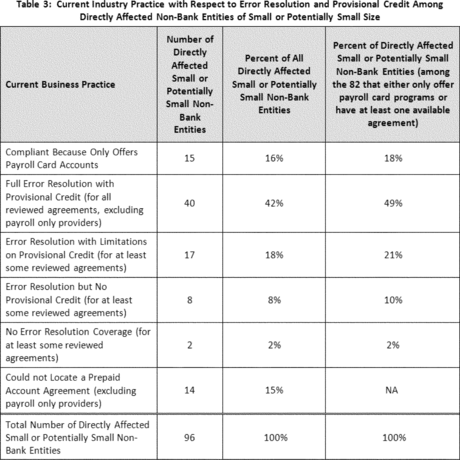SEC ReProposes Amendments to Remove References to Credit Ratings from Money Market Fund Rule
Post on: 16 Март, 2015 No Comment

posted on: Tuesday, September 9, 2014
On July 23, 2014, the SEC re-proposed, with changes, amendments to Rule 2a-7 under the 1940 Act and Form N-MFP that were initially proposed in March 2011 and intended to comply with the requirements of the Dodd-Frank Act that any references to credit ratings in the SECs regulations be removed and replaced with other standards of creditworthiness. The SEC also proposed an additional amendment to the diversification requirements under Rule 2a-7.
The re-proposed amendments to remove credit ratings would affect the following elements of Rule 2a-7: (1) determination of whether a security is an eligible security and the distinction between first and second tier securities, (2) credit quality standards for securities with a conditional demand feature, (3) requirements for monitoring securities for ratings downgrades and other credit events and (4) stress testing.
As re-proposed, the definition of eligible security would be amended to remove references to credit ratings provided by nationally recognized statistical rating organizations (NRSROs). Under the proposed rule amendments, an eligible security would be a security with a remaining maturity of 397 calendar days or less that a money market funds board of directors (or its delegate) determines presents minimal credit risks, which determination includes a finding that the securitys issuer has an exceptionally strong capacity to meet its short-term obligations. This single standard would eliminate the current distinction between first and second tier securities under Rule 2a-7 and therefore the SEC also is proposing to remove the current prohibition on money market funds from investing more than 3% of their assets in second tier securities. However, the SEC stated in the proposing release its belief that securities rated in the third-highest rating category would not satisfy the proposed exceptionally strong capacity standard and therefore would not be eligible securities under Rule 2a-7.
With respect to securities with a conditional demand feature, the re-proposed rule amendments would replace references to NRSRO ratings with a requirement that a money market funds board of directors (or its delegate) evaluate the long-term risk of the underlying security and determine that it has a very strong capacity for payment of its financial commitments. Under the re-proposed rule amendments, the current requirement for a money market funds board of directors (or its delegate) to promptly reassess whether a security that has been downgraded by an NRSRO continues to present minimal credit risks would be replaced with the requirement that a money market fund adopt written procedures requiring the funds adviser to provide ongoing review of the credit quality of each portfolio security to determine that the security continues to present minimal credit risks. Finally, the re-proposed rule amendments would remove references to credit rating downgrades from the stress test requirements by replacing the hypothetical event of a downgrade with a requirement that money market funds stress test for an event indicating or evidencing credit deterioration of particular portfolio security positions. The proposed rule amendments would describe the types of hypothetical events money market funds should stress test for, including downgrades or defaults as examples.
The SEC also re-proposed amendments to Form N-MFP to require money market funds to disclose, for each portfolio security, (1) each rating assigned by any NRSRO if the fund or its adviser subscribes to that NRSROs services, as well as the name of the agency providing the rating and (2) any other NRSRO rating that the funds board of directors (or its delegate) considered in making its minimal credit risk determination, as well as the name of the agency providing the rating.
Finally, the SEC proposed amendments to the diversification requirements under Rule 2a-7 which would eliminate an exclusion that is currently available for securities subject to guarantees issued by a non-controlled person (i.e. a person not controlling, controlled by or under common control with the issuer of the security subject to the guarantee). Currently, under Rule 2a-7, money market funds are not allowed to invest more than 5% of their total assets in any one issuer. They also must limit investments in securities subject to a demand feature or a guarantee to no more than 10% of their total assets from any one provider. Consequently, although Rule 2a-7 requires diversification with respect to providers of guarantees or demand features, it does not require diversification with respect to issuers of securities that are guaranteed by a non-controlled person. The proposed amendment would eliminate this exclusion by requiring money market funds that invest in securities subject to guarantees to comply with the 5% diversification requirement for issuers.
Comments on the proposed rule amendments are due by October 14, 2014.














